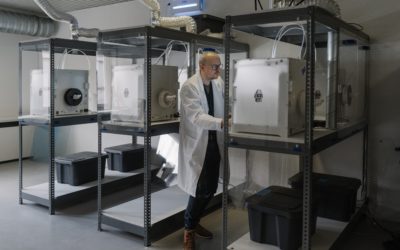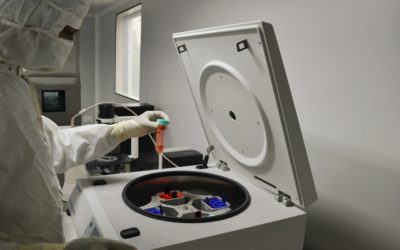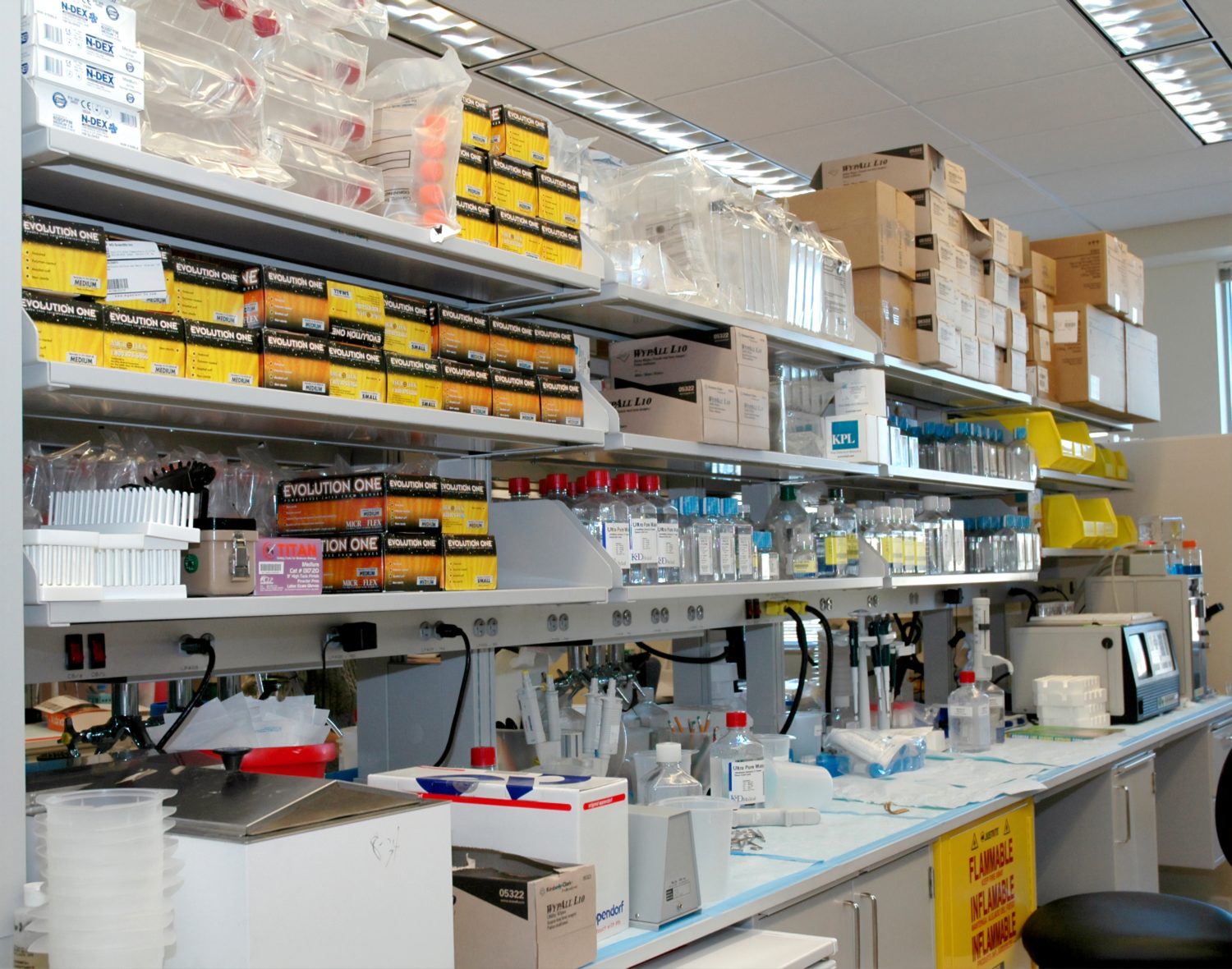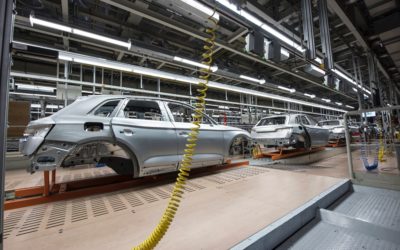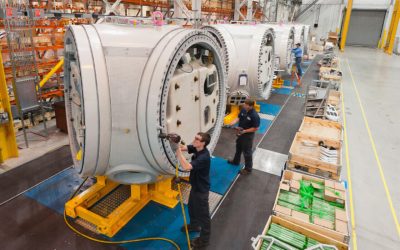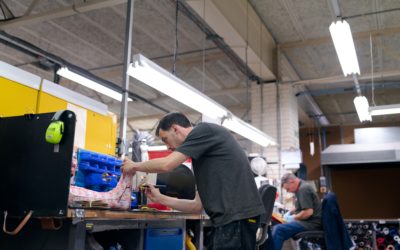Importance of Cleanroom Airflow Uniformity
Cleanrooms are designed to maintain strict control over environmental factors, but they’re only effective if they have an expertly designed airflow pattern to help them reach the desired cleanliness level and ISO classification standard. ISO document 14644-4 describes...
Medical Cleanroom Design Tips: Cleanroom Ceilings and Fan Filter Units
Cleanroom walls, floors, doors, and other components get a lot of attention, but one of the most crucial elements of cleanroom construction is the ceiling. Cleanroom ceilings support many of the essential functions of the space, from housing fan filter units to...
3 Cleanroom Applications that Use Seamless Cleanroom Solutions
There are endless types of cleanrooms out there, each with their own cleanroom design, layout, features, ISO classification, and more. With all of the available customizations, each cleanroom application can have a modular cleanroom that is completely tailored to...
Frequently Asked Questions About Medical Cleanroom Filtration
The medical cleanroom filtration system is responsible for removing particles from the air thoroughly and consistently. From toxic substances to large particles that interfere with tests and research, restricting and controlling air quality through proper filtration...
Cleanroom Design Tips: Cleanroom Storage Solutions for Plastics Manufacturing
Any time you can limit traffic in and out of the cleanroom itself, you’re also limiting the potential for contaminants to enter your controlled plastics industry cleanroom — which is what makes cleanroom storage such an important consideration in cleanroom design....
5 Advantages of Rigidwall Automotive Cleanroom
RigidWall cleanrooms make an excellent cleanroom option for many industries. Their sleek appearance, excellent control, and customizable features make them especially suited for automotive cleanrooms. Let’s take a look at 5 advantages RigidWall cleanrooms offer your...
Everything You Need to Know About Designing Your Cleanroom Layout
From arranging walls to furniture to equipment, there are several things to consider when designing the best cleanroom layout, including what will provide optimal airflow, allow for easy cleaning, keep the space organized and efficient, and — most importantly — help...
How to Test Your Cleanroom Classification
Every cleanroom requires periodic testing to make sure it reaches the necessary particle count allowances for its cleanroom classification. A cleanroom is initially certified once it’s built, and then needs to be retested every 6 to 12 months to ensure it continues to...
Understanding Air Pressure in Cleanrooms
Pressurized cleanrooms are used in a range of industries and applications. Varying levels of pressure determines the way air naturally moves in a space. High and low pressure, or positive and negative pressure, can be used as a tool in cleanroom environments to help...
Best Ergonomic Cleanroom Furniture for the Plastics Industry
Plastics industry cleanrooms are only successful if they are operated by employees who use their time wisely and productively. Therefore, the key to any productive cleanroom is taking care of its personnel. Providing your employees with cleanroom furniture that is not...

